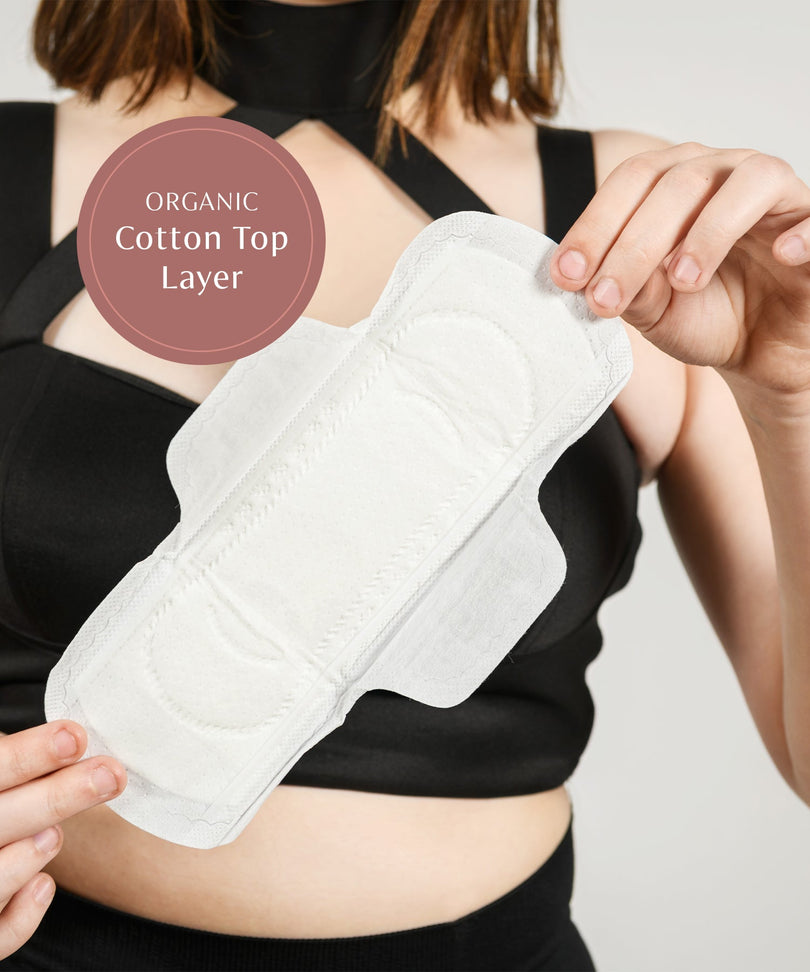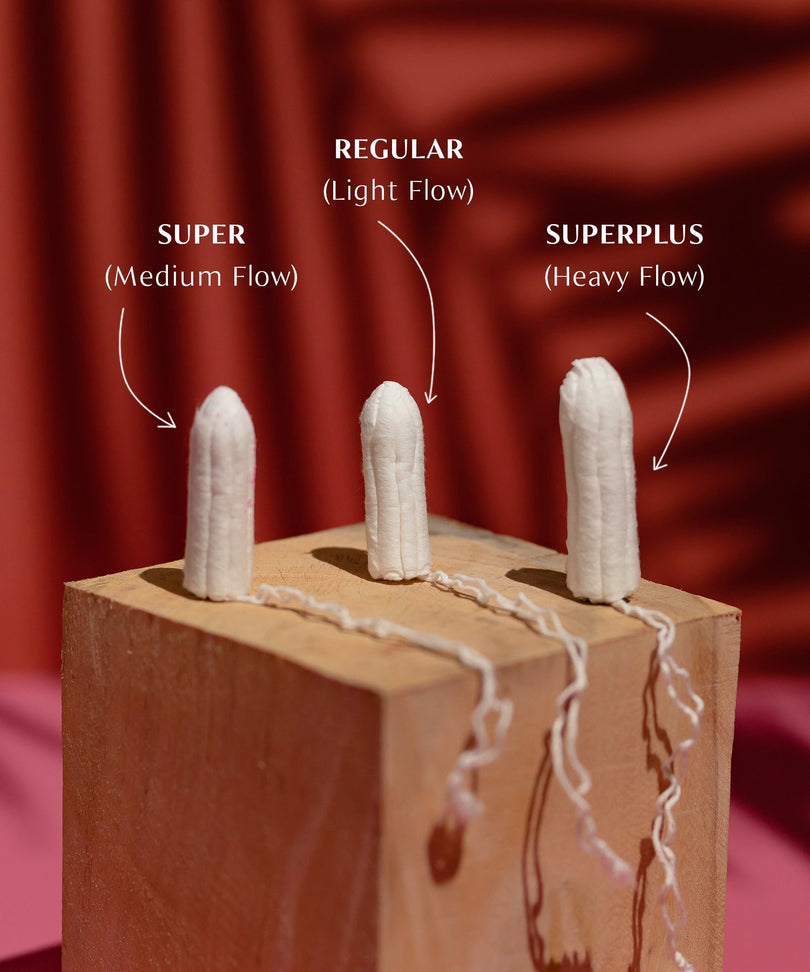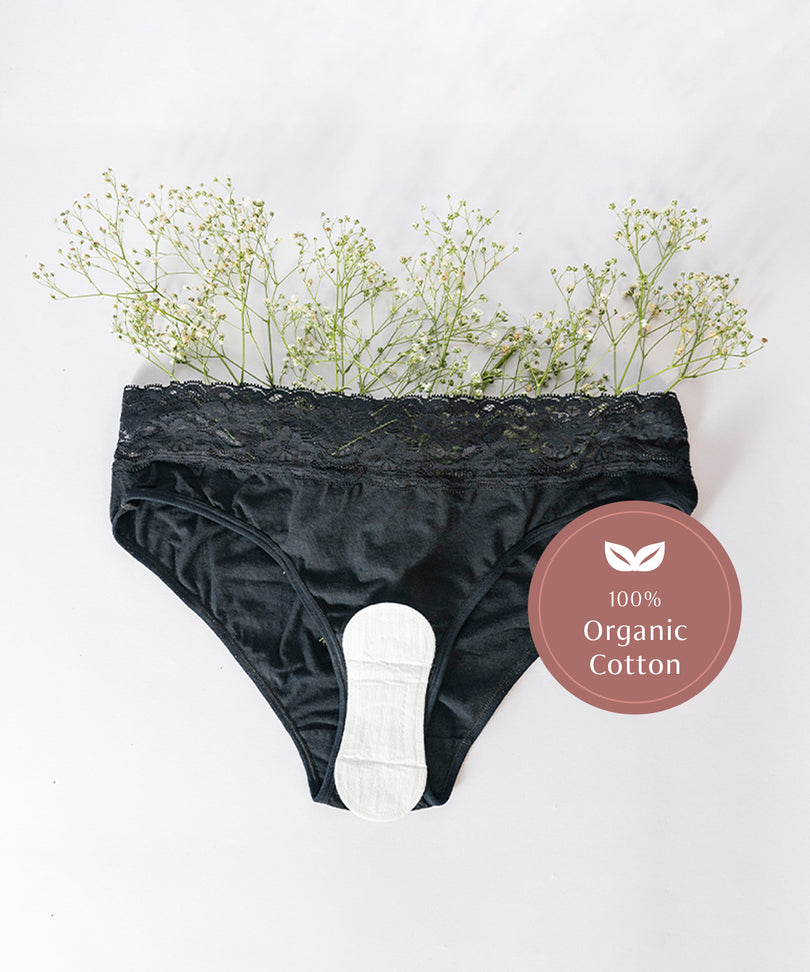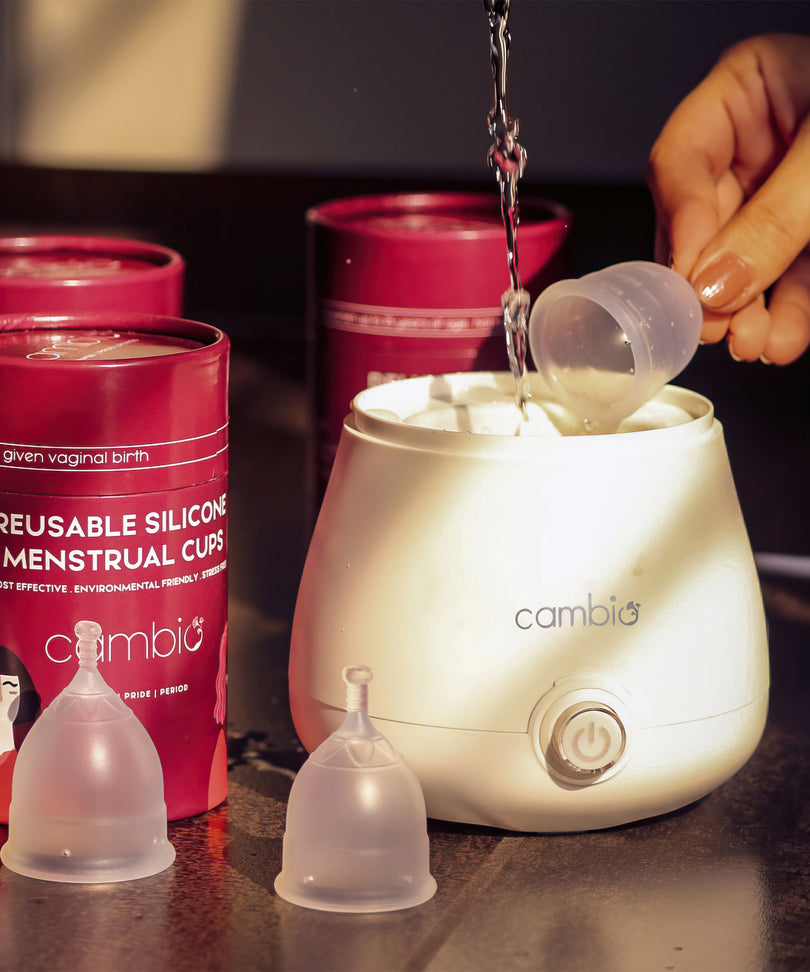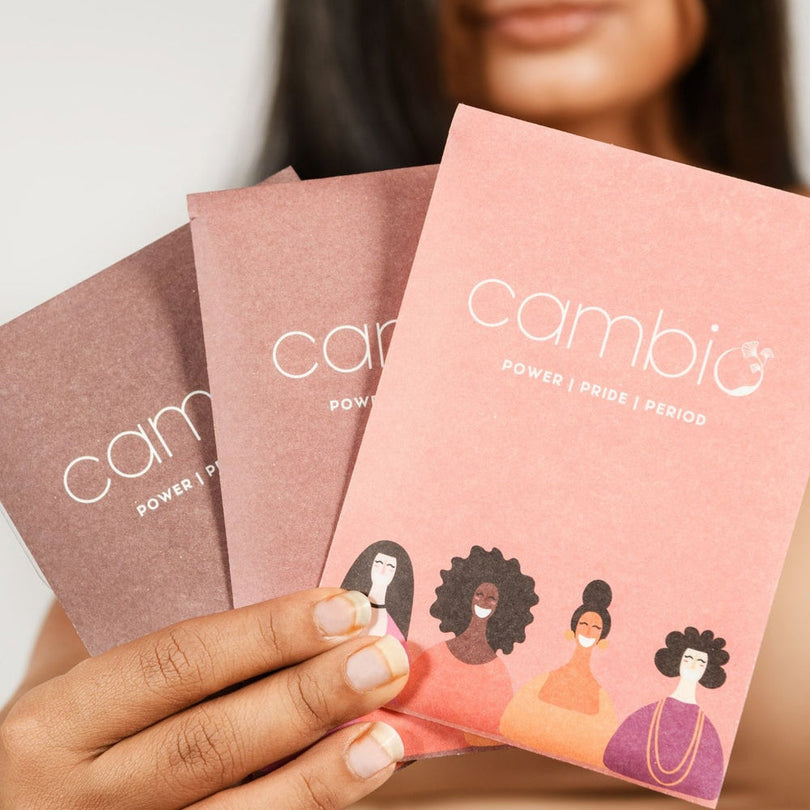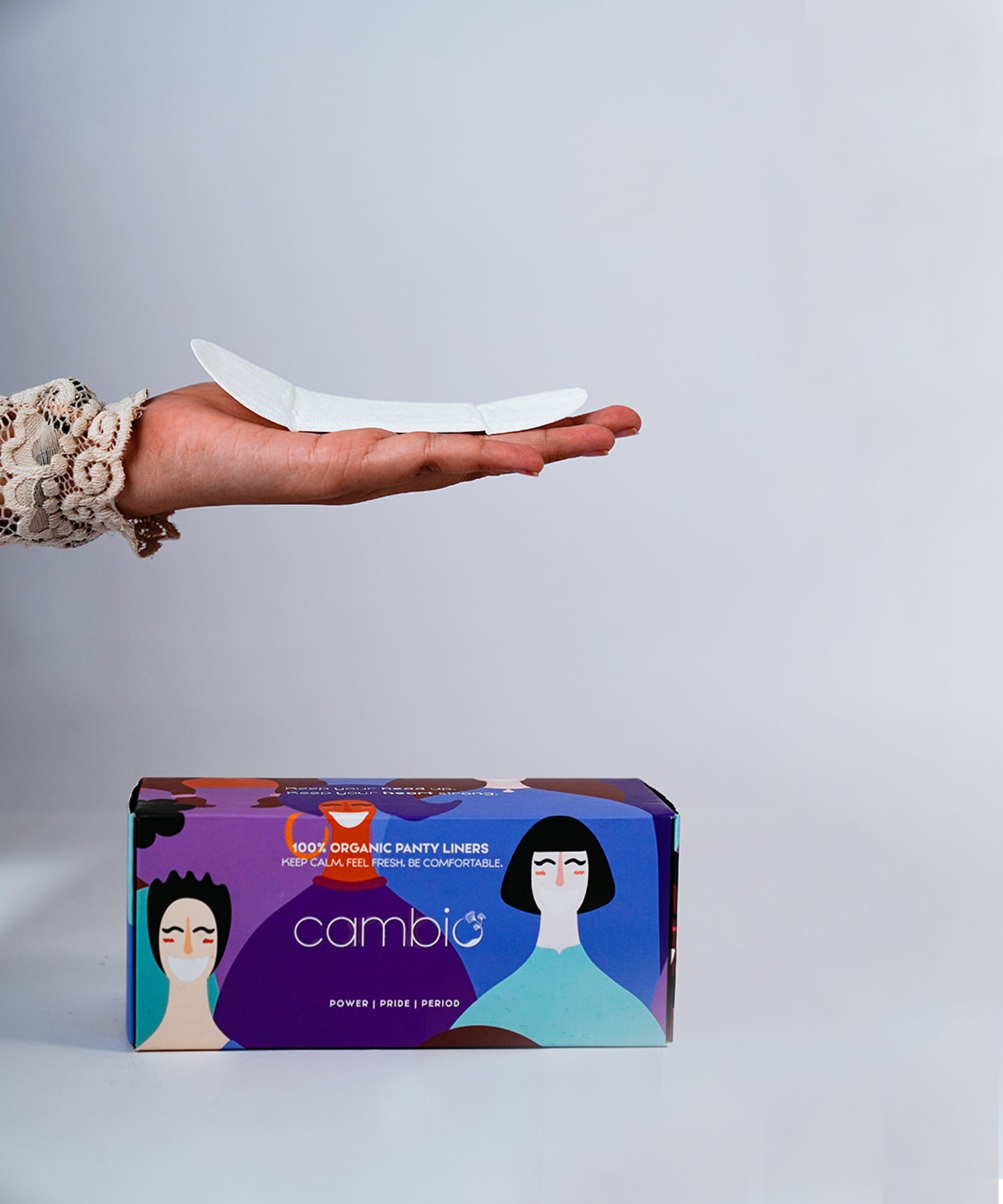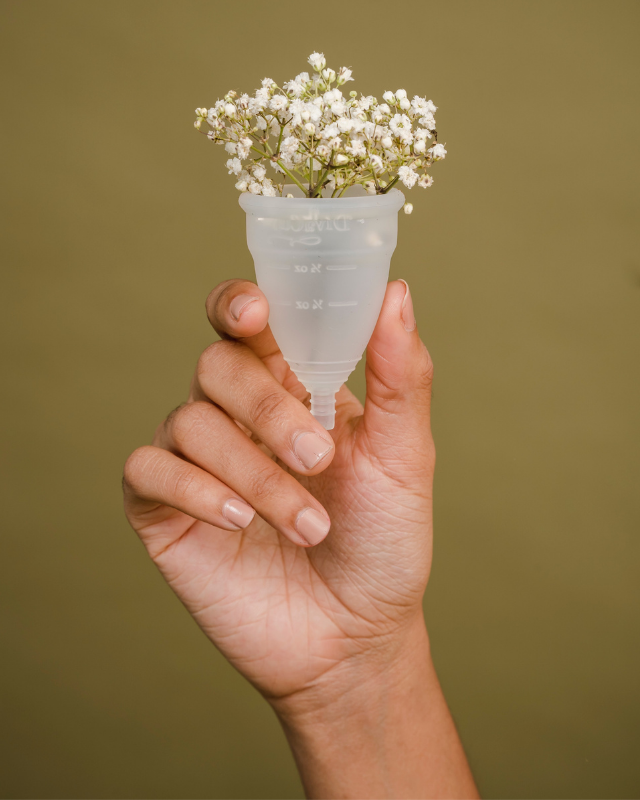Dear women, periods, right?
Just a single word wipes away all possible differences we may have with solid womanhood, shared menstrual pain, and red dripping blood that calls for period products!
The monthly agony of the uterus for not getting a baby goes on for years, and if we don’t attend to our dear vaginas, oh, the horror!
Though, of course, women bled even before the heroic introduction of feminine hygiene products. Mostly, a piece of cloth came to their rescue. Though people would also use rags, leaves, and ashes (yes, ashes!).
Later in the 19th century, people began using menstrual belts. It consisted of an elastic waistband and two clips to hold the DIY pads, securing them in place. Later came the boxes of sanitary towels that evolved into the pads of today.
It's a no-brainer that very little is known about menstrual hygiene of the past, for the majority of documentation was done by men. So obviously, they didn’t deem menstruation fit their standards. And who can forget the stigma and taboos related to it, the stench of which lingers to this day in many households and villages??
Though during our research, we found this interesting incident that made us - ‘Yay, you go gurl!’
In the 4th century, the first woman mathematician Hypatia threw a used menstrual cloth at a man to shoo him away from her.
Now isn’t that kind of the menstrual positivity and self-reliability we need around?
Though this incident also validated the fact that women used cloth in the 4th century too.
Anyway, products evolved faster than people, and today we have an array of menstrual hygiene products to choose from, depending on the following factors. (Because let’s face it, no matter how body and period positive we get, we can't just roam around staining clothes and dripping blood, right?)
- Cost-effective: Menstrual care, even though a priority, does come with an exchange of money. So how much we are willing to spend matters to the choice of our product.
- Time efficiency: How often do you have to change the product? How efficient is it?
- Your flow: What is the intensity of your flow? Is it a dribble or a downpour?
- Physical activity level: What all activities do you carry out throughout your day?
- Disposing method: How do you dispose of your product after usage? What options do you have available?
Uff, all this can be confusing. Plus, think of all the research you need to get the answers for analyses. But babe, your Cambio Woman got you covered!
Types of Menstrual Products
Menstrual Pads - One of the Best Menstrual Products
Of course, we start with the easy ones. Menstrual pads or menstrual napkins or sanitary pads are used externally. The sticky part sticks to the underwear, and the slightly fluffy part, which is made up of cotton, cellulose, or other absorbent materials collects the blood and locks it in the pad.
Pads are available in different sizes, ranging from regular (for normal flow), super/heavy (for a downpour), and overnight/maxi pads (for nights with heavy flow).
They also come with various absorbency levels and thicknesses. Select the type of pad that adheres to your requirements.
It is advised to change pads every 4-6 hours. Though, it differs from person to person as per their comfort level and flow.
Most pads are one-time-use only, but some are reusable as well, which are mostly made up of cloth.
Pros -
- It's easy peasy to use when compared to other sanitary products.
- You’ll find it at almost every pharmacy. So easy availability is a plus plus.
- Got heavy flow? Super pad (much like Superman) easily comes to the rescue.
- Negligible risks of Toxic Shock Syndrome
- There exist night-night pads (maxi pads) for your nightly concerns.
- Biggest of all, it's used externally. So super comfortable for people who are not comfortable with cups and tampons.
Cons -
- A girl’s gotta change it frequently.
- Say bye-bye to jumping in the water!
- The heavy flow pads might feel bulky and can be uncomfortable. Plus, it makes you think about sexy-tight fitting clothes.
- The notorious pads may dance around too if you do. So the risk of displacement exists.
- It can also cause skin irritation, vaginal infection, or UTI (though it's rare).
- The single-use pads are majorly non-biodegradable and contribute to environmental waste.
- It may cause odor. Though many modern pads come with an in-built scent, heavy flow and pads used for a long duration may create a menstrual odor.
Read more: Benefits of organic cotton pads
Comparisons between reusable and non-reusable pads
Disposable or non-reusable pads are just used and thrown away. So no need to fuss about washing and storage and drying it. But at the same time, they harm our mother nature.
Reusable pads are comparatively costlier, but can be customized as per your flow, and with minimal harm to the environment!
More about: tampons vs sanitary napkin
Prices
Disposable pads range from 50-300 rs, depending upon your choice of pad.
Reusable pads range from 75-250rs for a single piece, again as per the choice of milady.
Buy: Organic sanitary pads from Cambio
Tampons - Rarely used Feminine Hygiene Products
Tampons are these cute little cylindrical devices, which are plugged into our vagina (sometimes using applicators) and collect the period blood directly from the source.
They are made up of cotton or rayon fibers, or at times, a mix of both, and come with various absorbency levels and applicator uses.
Read this to know on how to use tampons?
Pros
- With tampons on, you can certainly go swimming now!
- They are these cute little cylindrical devices, so easy to take them anywhere!
- They don’t stink! (pun intended XD)
- When inserted properly, tampons can actually be very comfortable!
- They come in a variety of tampon sizes and absorbency levels, so you can choose as per the agony of your uterus.
- And since tampons collect the blood even before it can leave the body, there’s a very reduced chance of leakage or stains. Though it must be plugged in properly.
Cons
- If left for too long, it can increase the chances of Toxic Shock Syndrome - a very rare but serious bacterial infection.
- It can be a bit uncomfortable to use, as it goes within the vagina.
- The non-reusable tampons add to the environmental waste.
- Tampons can leak if not inserted properly.
Read more: Why use organic cotton tampons?
Prices
It can range from 150-700 rs/pack, depending upon the company, absorbency levels, and applicator use.
Buy: Organic tampons from Cambio Woman
Menstrual Cups - Trending Period Product
Do you know a beautiful artist Jasmine Alicia Carter creates absolutely gorgeous art with her period blood?
Isn’t that such a bold expression of period positivity?
Now, how does she collect blood, you may ask?
Through these menstrual cups!
Menstrual cups are bell-shaped cups, made from medically verified silicone or rubber. They are inserted into the vagina to collect period blood, unlike pads and tampons that soak it in. And even though people like Jasmine decide to convert it into art, you can just flush off the blood.
Menstrual cups come in various sizes and shapes, pretty colors too, and with a stem or loop for easy removal.
Pros
- Menstrual cups are reusable and a one-time investment. The blood can be dumped, the cup washed with warm water, and voila! You are good to use it again!
- A good silicone cup has a lifespan of 5-10 years! Wonder all the cost you’ll save on pads and tampons.
- Since they are reusable, less waste for our beloved environment.
- The cup just sits there within your vagina, not shifting, not stinking, aka bye-bye odor!
- The cup needs to be emptied when full, but it could be worn for 12 hours in a go.
- You don’t have to worry about the leaks either!
- Just like tampons, wear a cup and jump in the pool or go bathing.
- Their big mouths seem to drink more blood than our pads and tampons can absorb.
Cons
- Insertion of cups can be quite cumbersome for some. One needs to understand basic reproductive organs and how to use the cup properly.
- Cups demand good germ-free baths! Else they can breed infections within!
- Menstrual cups are harder to find in stores. You may access them through online portals. Though given the awareness, they may soon become available in physical shops too.
- It can cause some skin allergies.
Pricing
The cost of a menstrual cup starts from around 200 rs/peace and can keep on increasing as per the size, shape, and company.
Period Underwear - Lesser known Menstrual Product
We wonder if the invention of period underwear is the answer to the prayers of all those teenage girls who wished their panties would take care of their periods instead of repeatedly using these menstrual products.
Anyways, this invention is a boon, which seems like normal underwear but comes with thousands of small filaments with multiple layers of microfiber polyester that soaks in all the blood, giving us dry, hassle-free periods!
They have an underlining leak-proof layer that stops the blood from leaking and staining your clothes!
Pros
- Period underwear can easily be washed and reused.
- They are worn as any other underwear, with no bulkiness of pads or insertions like tampons and menstrual cups. Hence very very convenient!
- It's suitable for all kinds of flow!
- And it's no shocker that it doesn’t have the risk of toxic shock syndrome.
Cons
- They may create odor.
- This luxury beauty comes at a cost - costlier than other products.
- It has limited varieties and styles
- Like menstrual cups, it also needs a deep bath and good cleaning.
Pricing
It generally starts at 400 Rs/piece and increases as per the company and specifications.
Panty Liners
These are similar to menstrual pads, that stick on the gusset of your panties, but are quite thin and made to absorb a drizzle of blood. It is ideally used for pre or post-menstrual cycles when the flow is less. It is also used frequently to collect normal vaginal discharge.
A pack of cotton panty liners can range from 100-500 rs, again depending upon various factors.
Menstrual Disc
The menstrual disc functions quite similar to a menstrual cup, and is inserted between the cervix and pelvic bone. But instead of being a cup, they are shaped as discs, and are typically flat or much like mini round caps!
They are made up of soft, medical-grade polymers or silicone or flexible plastic.
Pros
- It holds more period blood compared to other products like pads and tampons.
- They are easy to remove and insert once you are thorough with the process.
- This small disc can endure big (long) hours i.e., 12 hours.
- Go to the gym, jump into the water again, or say night night to the world and sleep, menstrual disc got you covered.
- It can also be used with IUDs because they don’t follow the suction method!
- Discs are reusable!
Cons
- Understanding the insertion and removal can be tricky and takes some time.
- Not for women with obstructed hymen or vaginal infections. Let’s give our vagina devi some rest.
- It takes a good chunk from your wallet to settle in your vagina aka, a costly affair!
- Demands proper and careful cleaning.
Pricing
The cost of a menstrual disc starts from 499 Rs/ piece.
Embracing Period Product Diversity
We know, we know, all this information can be overwhelming. But in the end, choose what sounds comfortable to you, as per the health of your beautiful vagina and other intimate parts, the cost of products, and your lifestyle.
It is necessary that whatever you choose, you follow the manufacturer's instructions. And when in the slightest of doubt, call your doctor, an expert, or someone who can give you guidance on the same.
Menstruation is painful and messy proof of us ladies' ability to give birth, and in the end, that’s what makes it beautiful. So try on different products, and don’t settle till you find what is right for you. Own your period days like a strong, gorgeous Cambio Woman!
Read more of: how to keep reproductive system healthy?

